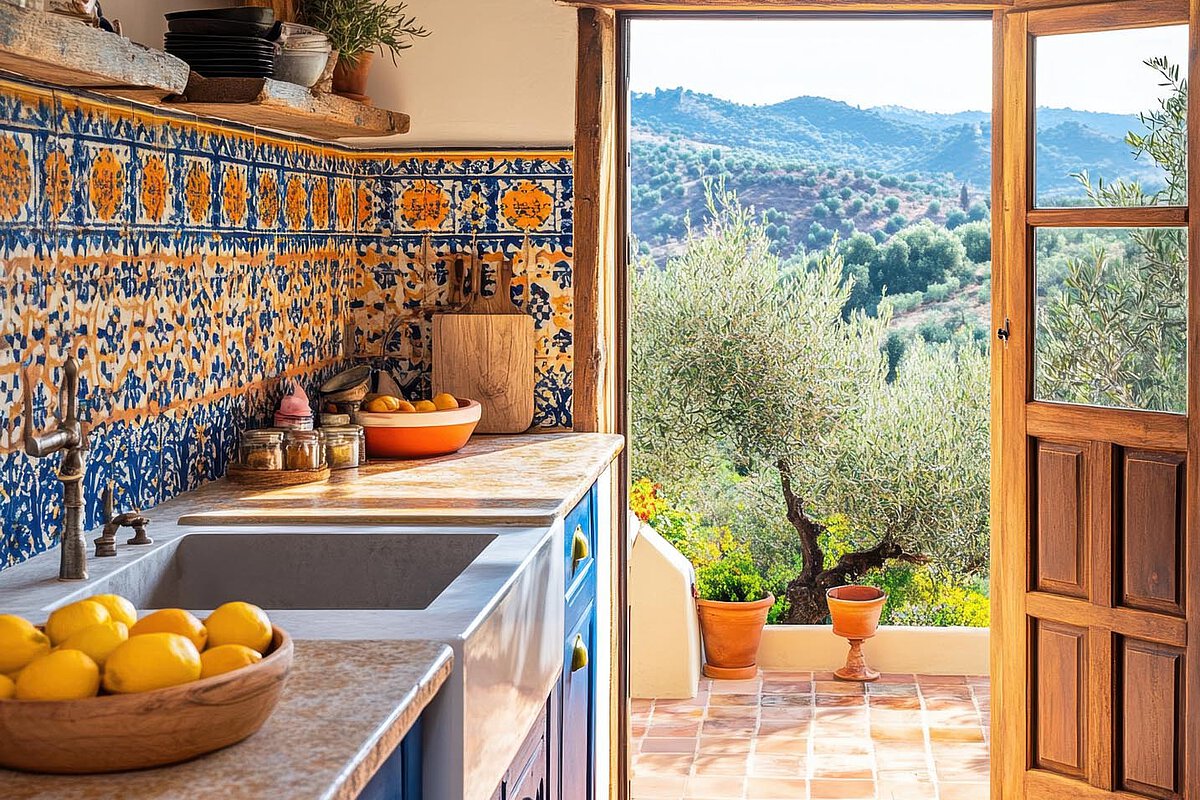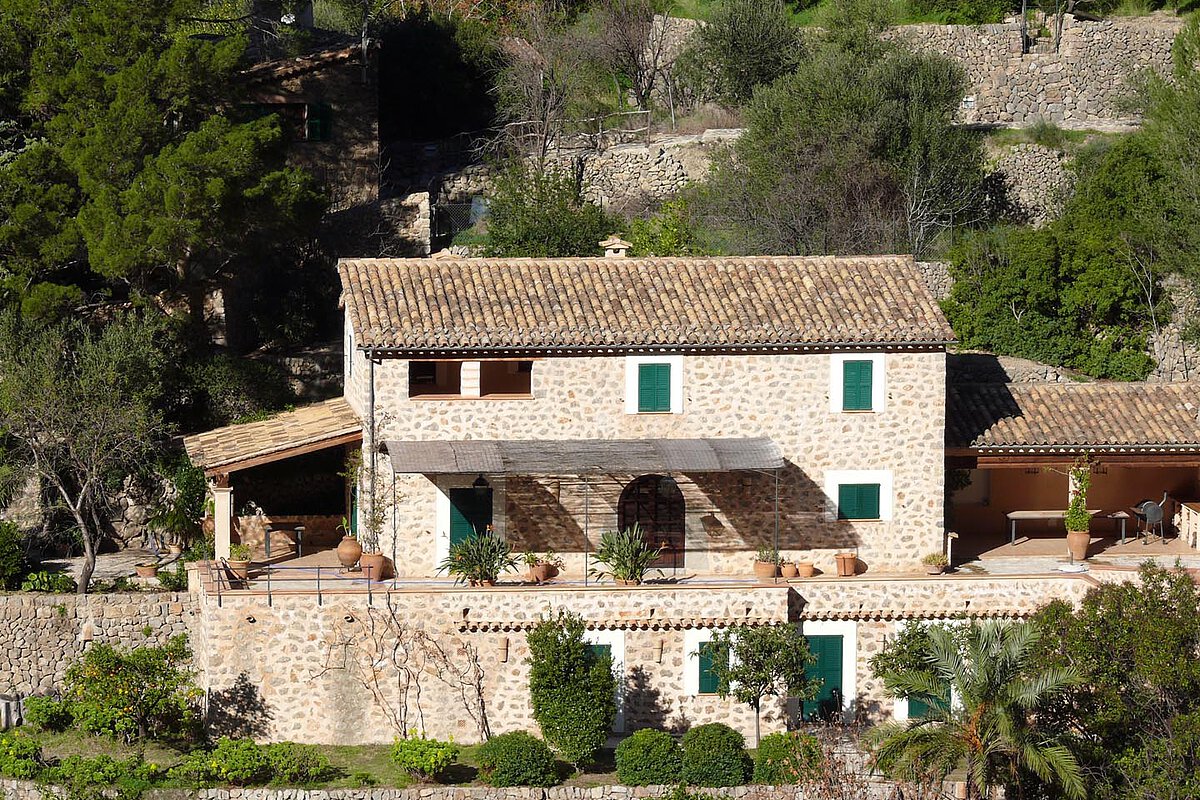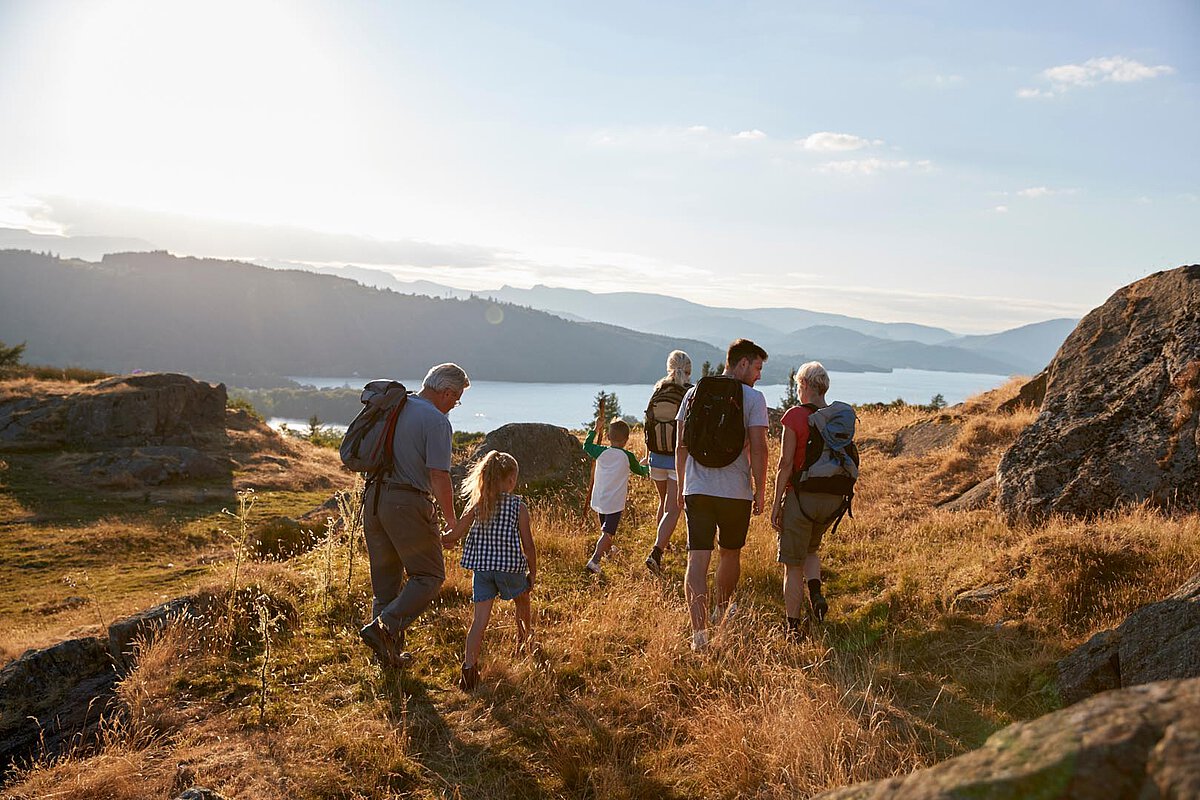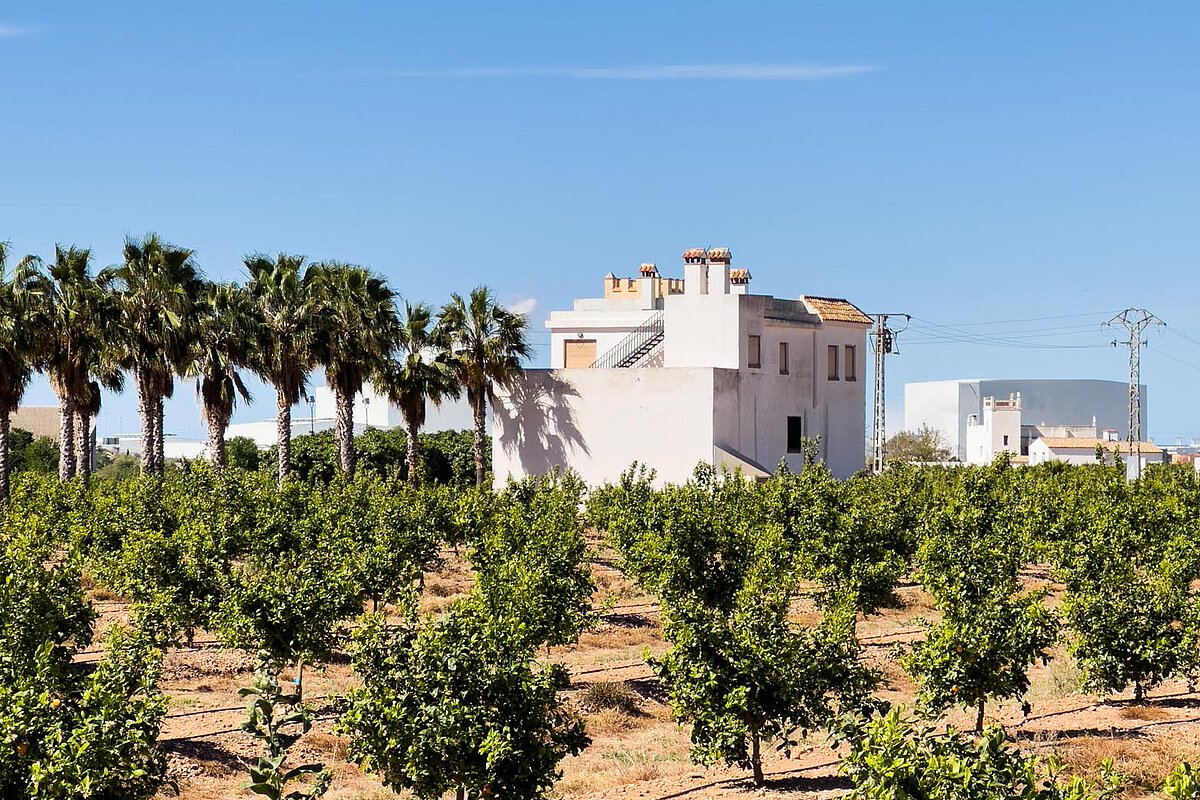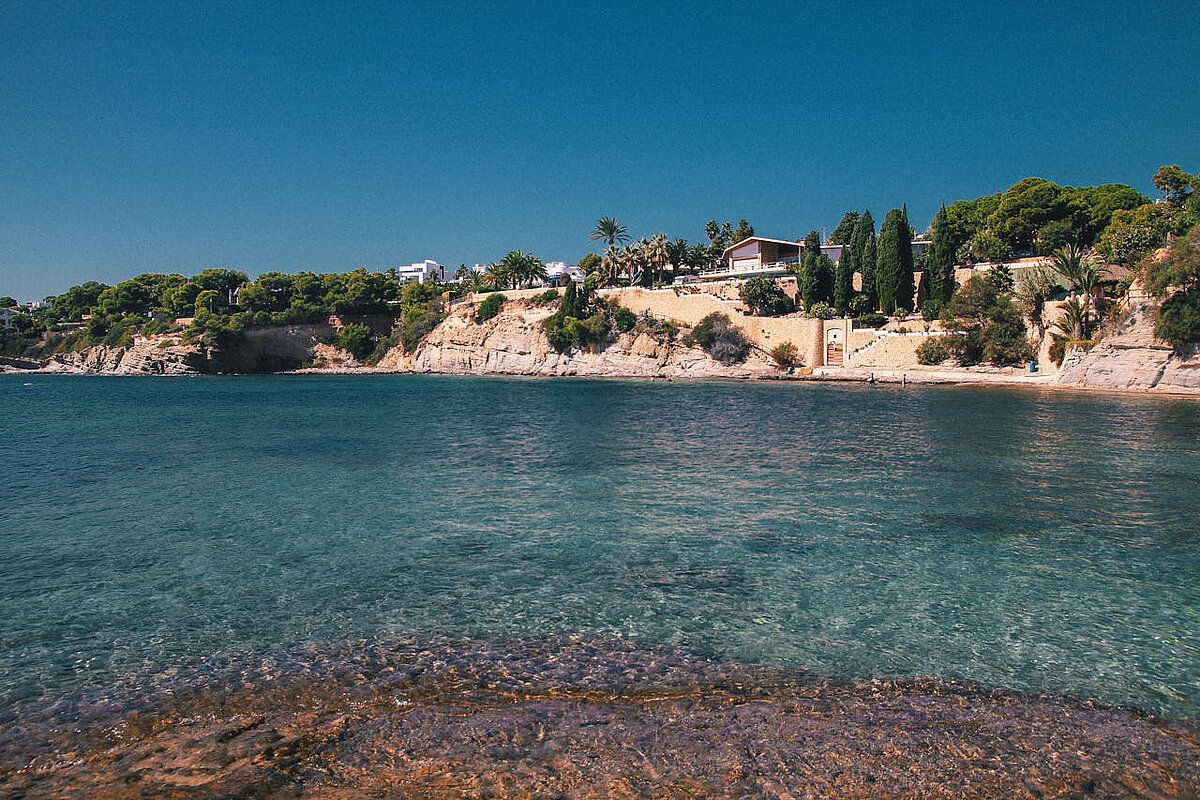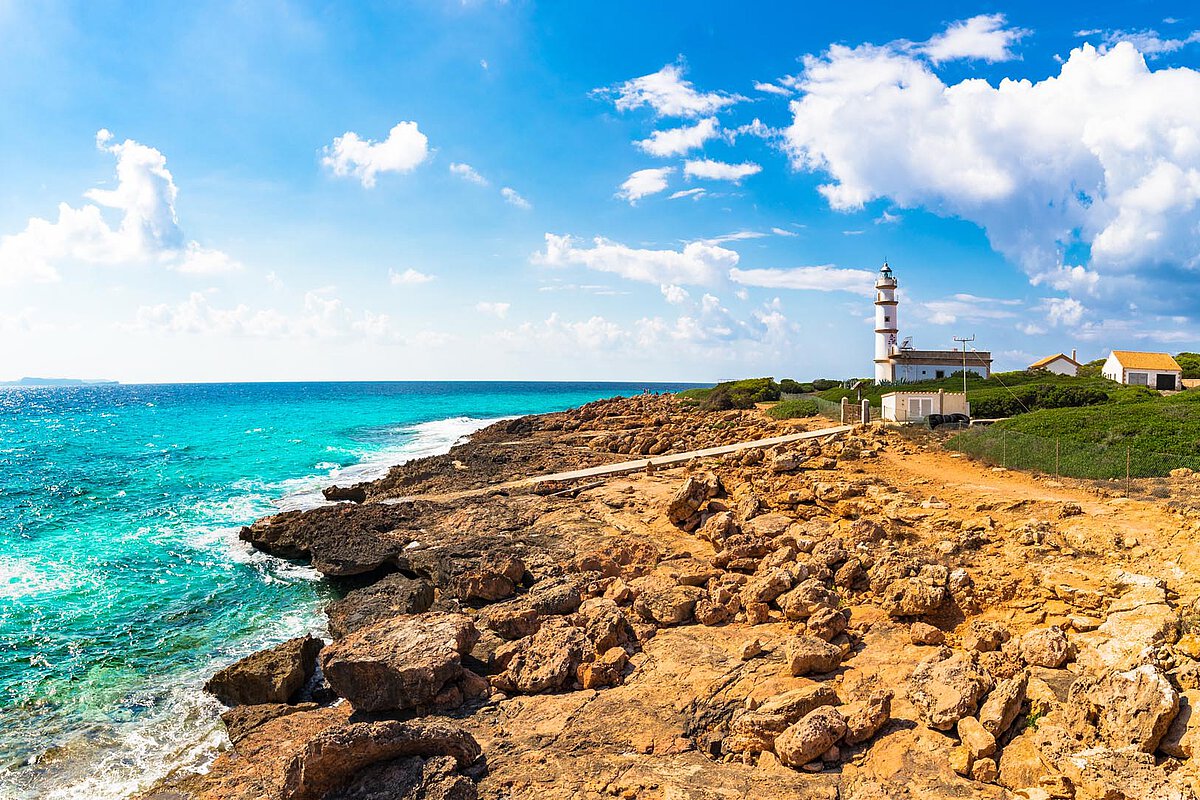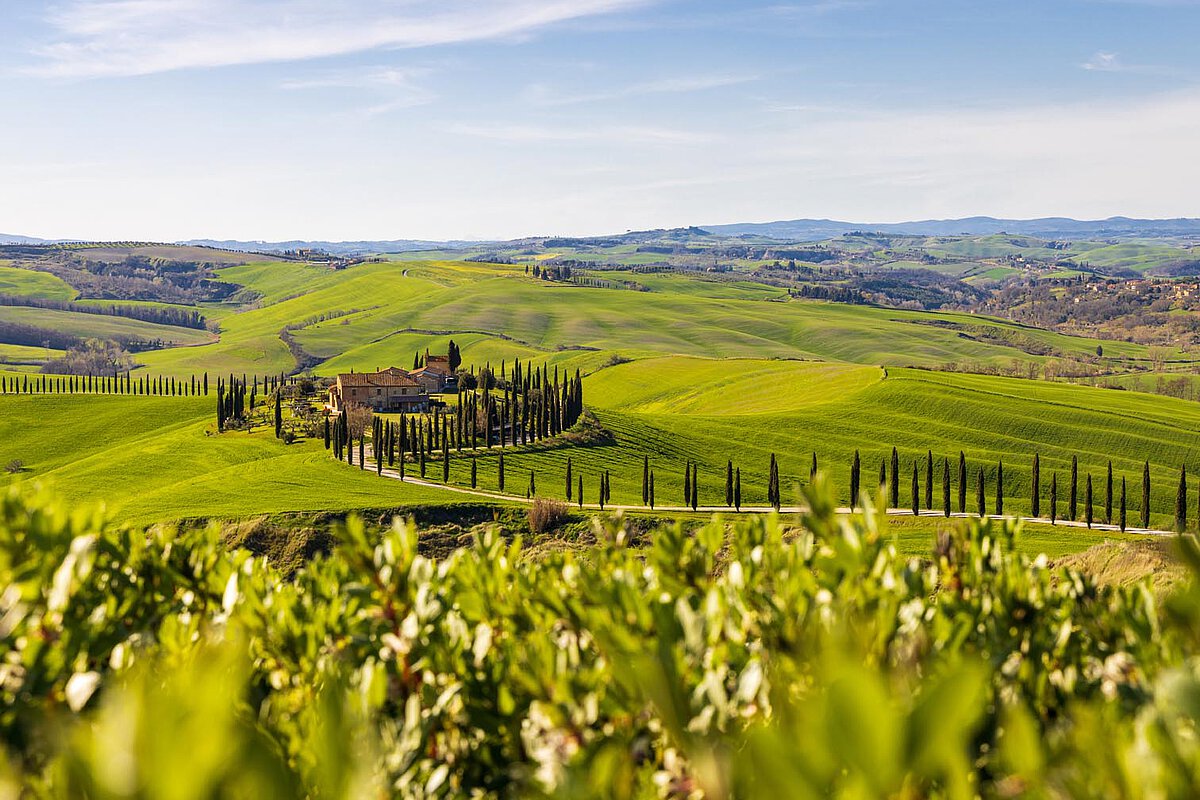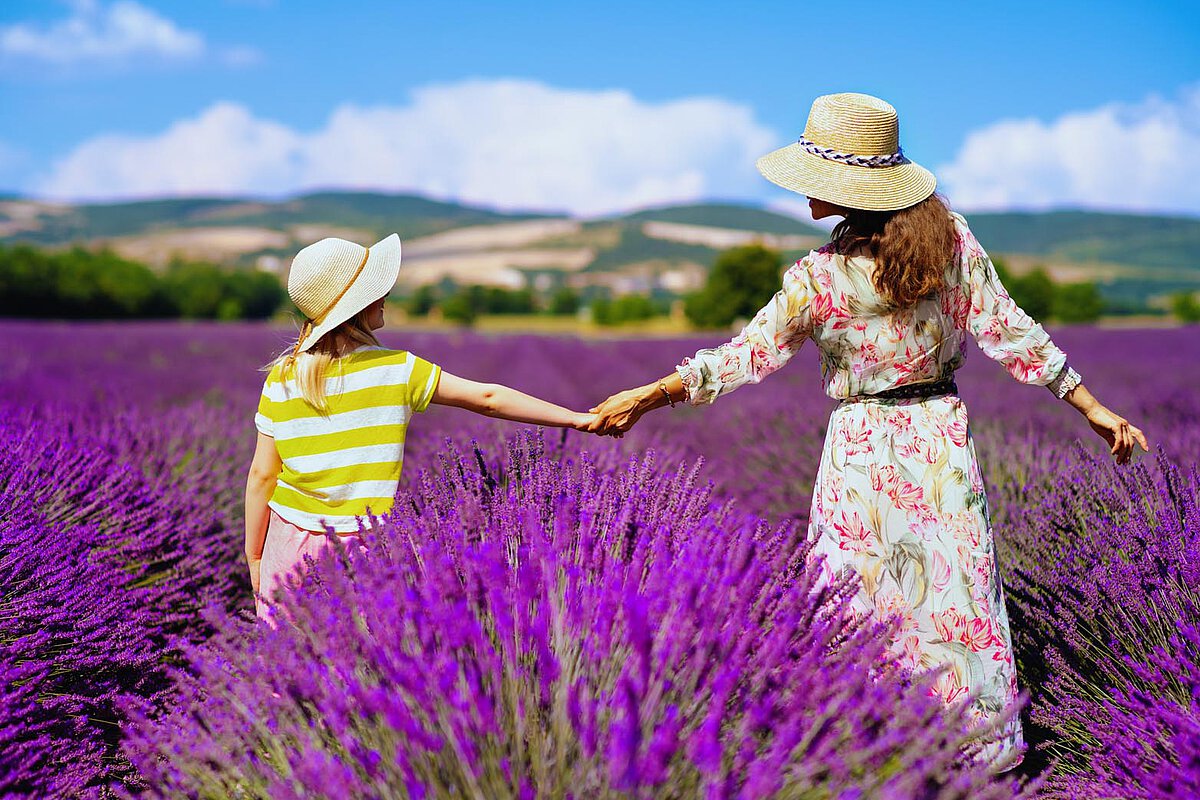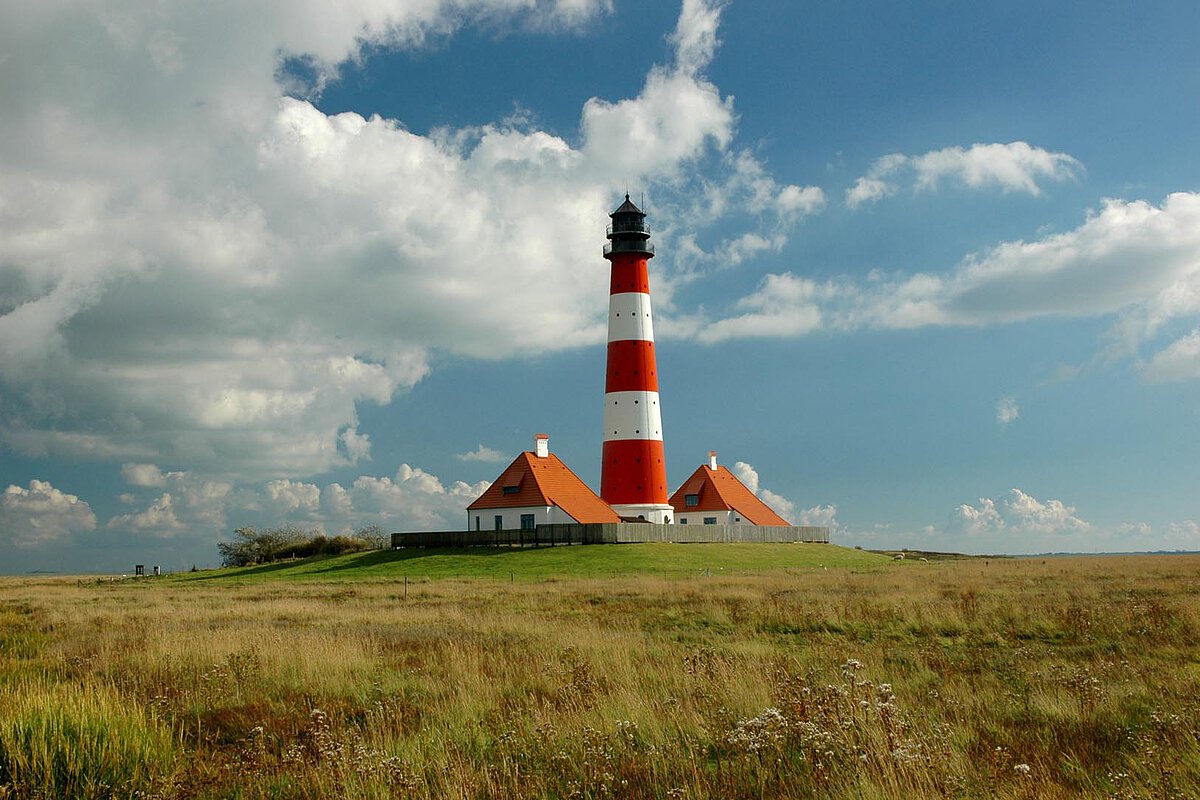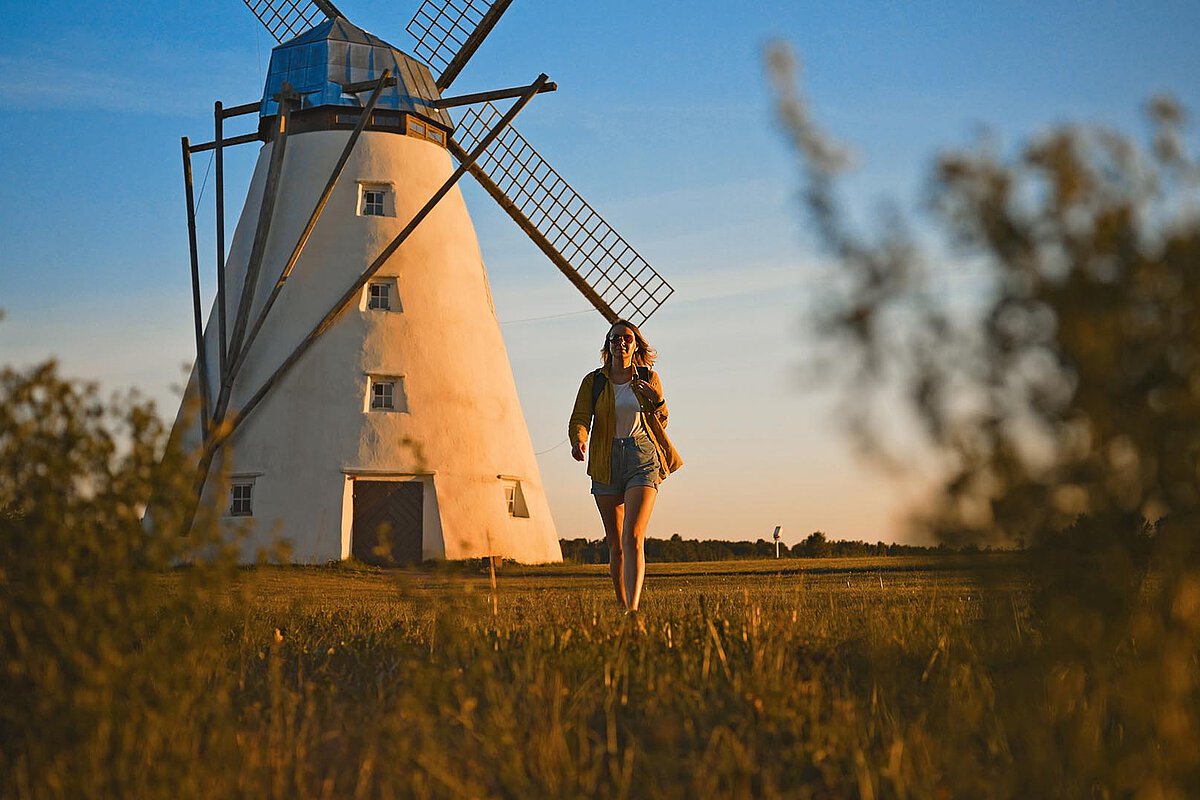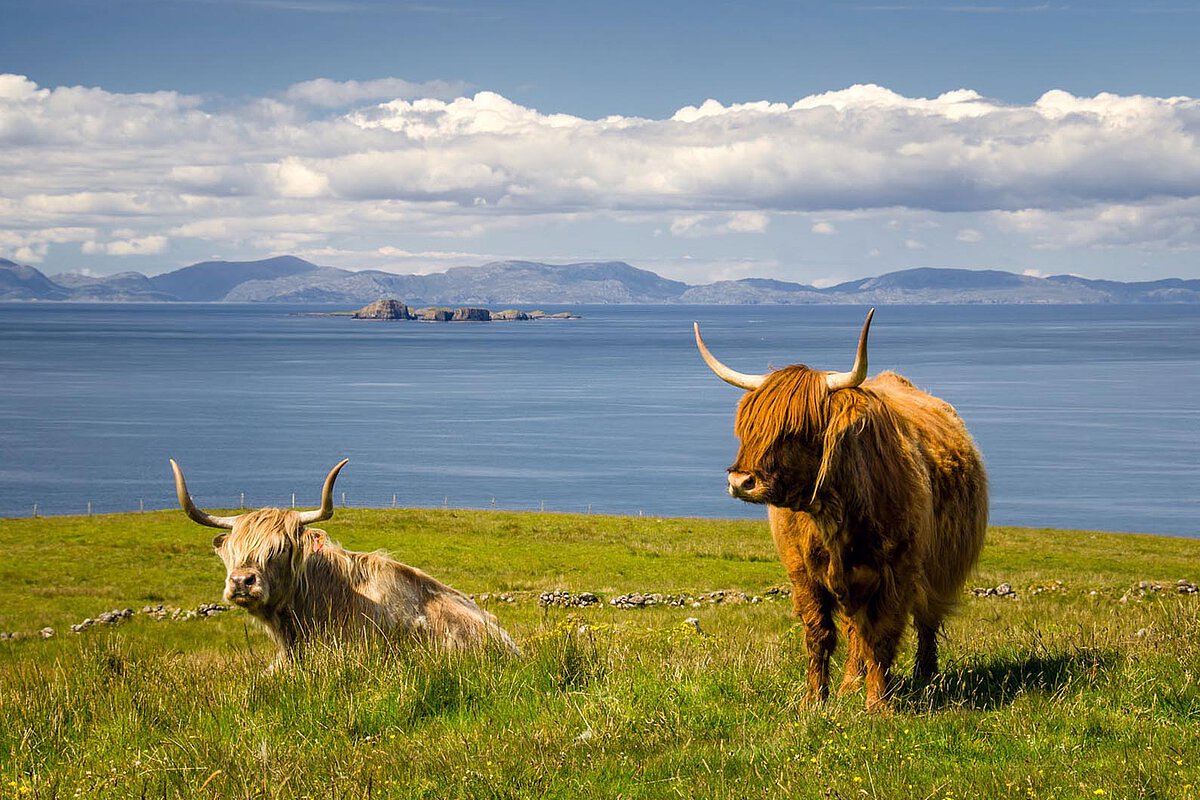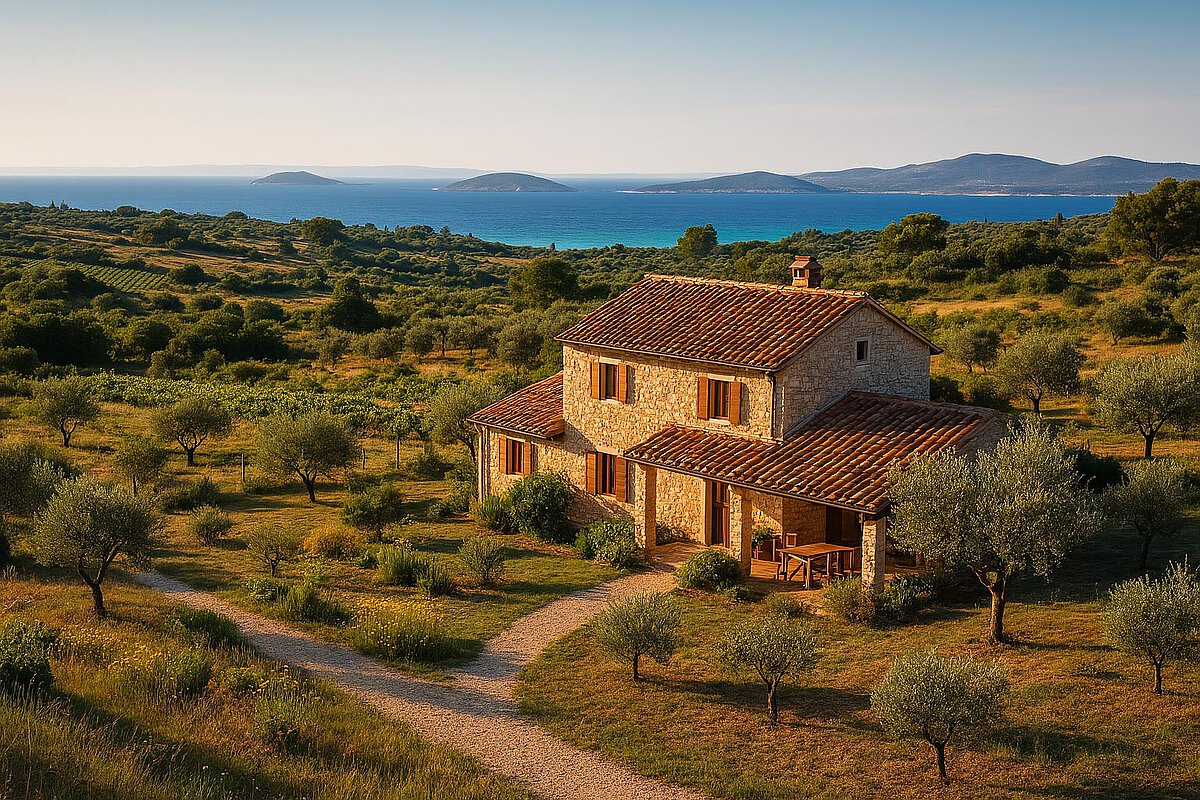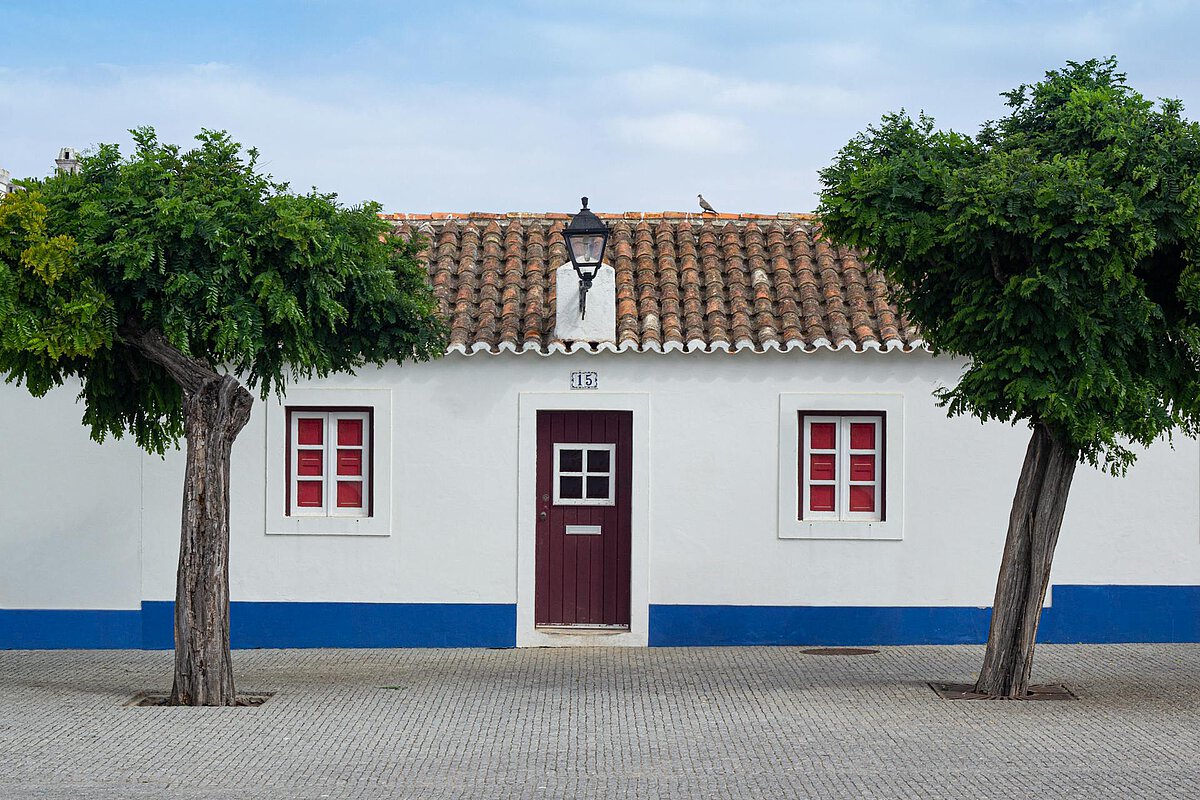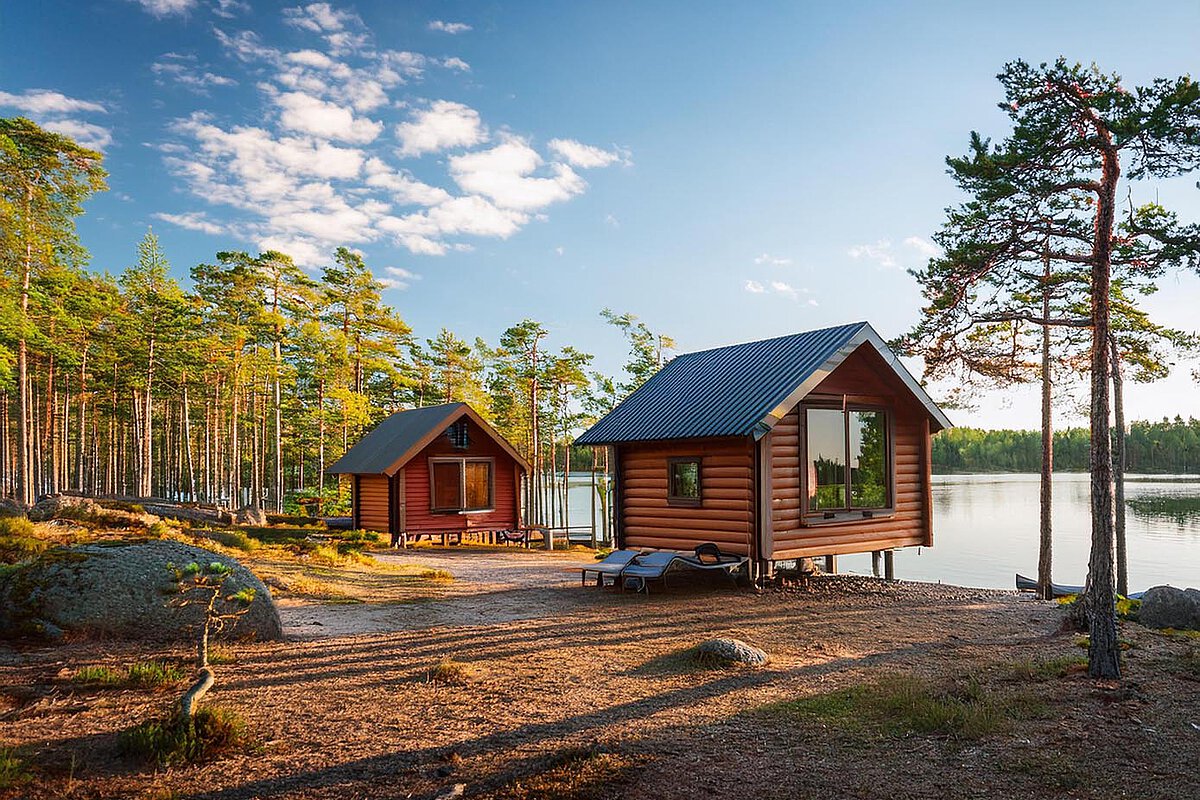Countryside holidays in Spain
Embracing slow living in Spain's rustic retreats
Spain's Most-Loved Rural Regions
Family-Friendly Accommodations
City-Break Escapes
Countryside Sustainable Stays
Didn’t find what you were looking for?
Discover these countryside gems!
Welcome to Spain, a Crossroads of Cultures, Nations, and Continents
Spain is a culturally diverse country, a feat recognizable by its architecture, gastronomy, and ethnic diversity. With churches, mosques, synagogues, medieval forts, and other relics of its occasionally turbulent past, Spain offers history buffs a wealth of attractions.
The country's museums are among the best in the world, while a long coastline and beautiful, sunny islands offer fantastic warm-weather getaways for those seeking relaxation by the sea.
Spain according to the details
The Kingdom of Spain occupies a large portion of the Iberian peninsula, sharing borders with France and Andorra to the north, Portugal to the west, tiny Gibraltar at the Strait of Gibraltar, and with Morocco to the south. Spain accesses the Bay of Biscay and the Atlantic Ocean to the northwest, the Atlantic to the southwest, and the Mediterranean Sea to the south and east.
The chief languages spoken in the country are Castilian Spanish, Basque, and Catalan, while English and Arabic are the main foreign languages.
The surface area of the nation is 505,990km2, and the population is around 47 million. After Italy and China, Spain is the third largest heritage nation, according to UNESCO.
Agricultural assets of Spain
Spain offers a wealth of agriculture, with cultivated land occupying about 47% of Spanish territory and forests covering around 23% of the country.
Agricultural products of Spain
The primary agricultural products of Spain, in terms of income, are cereals, vegetables, and fruits.
Livestock breeding is another significant Spanish industry, with pigs, cows, and sheep bred countrywide.
Olives, tobacco, cotton, nuts, and citrus fruits are other strategic Spanish agricultural products.
Grape cultivation of grapes and wine production place Spain among the world's biggest wine producers.
The Kingdom of Spain is the third biggest exporter of wine in the world, only behind Italy and France.
Germany and France are Spain's main trading partners in Europe, while the USA and China are the strategic overseas markets for Spanish goods.
Production by region
Due to a mild climate and access to the sea, every region of Spain is suitable for growing various types of produce.
For example, olives, grapes, nuts, and citrus are suitable for cultivation countrywide, from the Mediterranean in the south to the Pyrenees in the north. Castilla y Leon is the key region for the production of cereals, while Galicia and Asturias are the foremost livestock breeding regions.
You will find most orange trees in Murcia and Valencia, and wheat and barley fields in Andalusia, Castilla la Mancha, and Castilla y Leon.
Aragon, Catalonia, and Castilla y Leon are the biggest producers of pork, while the regions accessing the Atlantic and Mediterranean coasts are the principal producers of dairy products.
Spain's top culinary specialities
You can have the speciality with fish, such as tuna or anchovies. You'll find jamon Serrano nationwide, but it hails from Andalusia.
Served in tiny slices, jamon Serrano is air-cured ham combining sweet and salty flavours. Paella is a favourite Valencian dish, also served throughout Spain. The main ingredient is rice, while additional components can include chicken, seafood, rabbit and various vegetables.
Escalivada is a favourite Catalan dish whose main ingredients are peppers, aubergines, tomatoes, and olive oil dressing.
Tapas, meanwhile, are the nation's iconic snacks, with different varieties served in every region. If your journey takes you to Castilla y Leon, however, be sure to visit Leon, the so-called tapas capital of Spain.
The surface area of Spain is 505,990km2, and the population is around 47 million.
According to UNESCO, after Italy and China, Spain is the third largest heritage nation.
Source: UNESCO
Visiting Spain
You can expect to find an incredibly diverse range of cultural and natural attractions in Spain, including Christian and Islamic religious structures, prestigious museums, iconic landmarks, canyons, lush gardens, and Europe's only desert.
Spain's top attractions
Sagrada Familia, a masterpiece by the renowned architect Antoni Gaudí, defines the skyline of Barcelona. The surreal interior is a link to the towers offering views of the Mediterranean and inland mountains. In Madrid, the Prado Museum exhibits paintings by Spanish, Italian, and Flemish artists, with master painters like Velázquez, Titian, and Rubens represented here.
Toledo is the so-called City of Three Cultures, boasting Catholic, Jewish, and Islamic heritage. Travellers to Toledo can admire Gothic, Baroque, Moorish, and Sephardic architecture. The Alhambra in Granada is an absolute must-see, a former palace and formidable stronghold used by both Muslim and Christian monarchs. The adjacent Generalife gardens are among the most beautiful gardens in Spain.
The Mezquita in Córdoba, now a cathedral, is a masterpiece of Islamic architecture in Spain. Seville also boasts medieval Islamic architecture, punctuated by Christian Gothic and Baroque structures.
Nature and the outdoors
Tenerife, the largest of the Canary islands, is beloved for night sky observation from Teide, the highest mountain in Spain.
Families with children also love this island for its amusement parks and beaches. Passionate hikers, meanwhile, can familiarize themselves with Spanish nature and wildlife in the Sierra Nevada mountain range.
The narrow walkways of the Caminito del Rey in Malaga traverse gorges and canyons, and are suitable for only the most experienced hikers.
For a different coastal experience, the Green Coast of Asturias in northern Spain offers rugged cliffs, hidden beaches, and charming fishing villages.
This lesser-known region is ideal for those seeking to escape the crowds and immerse themselves in authentic Spanish culture and cuisine.
Spain's Christian attractions
Spain's grand churches are not to be missed. In Madrid, the Church of San Antonio de los Alemanes delights visitors with its Baroque interior.
The Valley of the Fallen is the site of the tallest Christian cross in the world, commemorating the victims of the Spanish Civil War (1936 to 1939). Finally, visit the El Escorial, a nearby royal monastery carved from rock.
In Toledo, known as the "City of Three Cultures", the Gothic Toledo Cathedral stands out for its impressive art collection, including works by El Greco, and its ornate Baroque altarpiece. The city's synagogues and mosques-turned-churches further illustrate Spain's rich interfaith heritage.
The Monastery of Santa María de Guadalupe in Extremadura, another UNESCO site, played a significant role in the evangelization of the Americas. Its mix of Gothic, Mudéjar, Renaissance, Baroque, and Mexican styles reflects its historical importance and artistic evolution over centuries.
What to know about touring Spain
In every major Spanish city, numerous tour operators offer walking tours that provide an overview of local culture and attractions. Visitors can join wine tastings, excursions to the countryside, and cruises on the sea, too.
FAQs
Spain offers diverse countryside experiences across its regions:
- Galicia and Asturias are ideal for livestock farm stays and green landscapes
- Castilla y Leon provides vast cereal fields and historical towns
- Andalusia, Valencia, and Murcia offer a mix of citrus groves, olive farms, and vineyard experiences
- The Pyrenees region in the north is perfect for mountain retreats and traditional rural lifestyles
Spain offers a variety of authentic rural accommodations, including:
- Traditional haciendas (large estates)
- Typical fincas (country estates)
- Upscale pazos (manor houses, especially in Galicia)
- Cozy countryside farms
These options allow visitors to immerse themselves in Spanish rural culture and landscapes
Visitors can engage in various agricultural activities depending on the region and season:
- Grape harvesting and wine-making in renowned wine regions
- Olive picking and oil production, especially in Andalusia
- Fruit picking in Valencia and Murcia's citrus groves
- Helping with livestock on farms in Galicia and Asturias
- Participating in cereal harvests in Castilla y Leon
These activities offer hands-on experiences of Spanish rural life and traditions.
Spanish countryside cuisine varies by region, but some must-try specialties include:
- Jamon Serrano: Air-cured ham, especially from Andalusia
- Paella: A rice dish originating from Valencia
- Escalivada: A Catalan dish made with grilled vegetables
- Regional tapas: Varied small plates, with Leon known as the tapas capital
- Local cheeses and wines specific to each region
Trying these dishes provides a authentic taste of Spanish rural gastronomy.
Spain's diverse countryside offers numerous outdoor activities:
- Hiking in the Sierra Nevada mountain range
- Stargazing on Mount Teide in Tenerife
- Exploring the rugged Green Coast of Asturias
- Walking the challenging Caminito del Rey in Malaga
- Birdwatching in various natural parks
- Cycling through rural landscapes and ancient villages
These activities cater to different interests and fitness levels, showcasing Spain's natural beauty.
To experience rural Spain's cultural heritage:
- Visit small towns with historic architecture, like Toledo or Córdoba
- Explore rural churches, monasteries, and UNESCO World Heritage sites
- Participate in local festivals and traditional events
- Stay in historic accommodations like pazos or converted monasteries
- Take guided tours focusing on regional history and traditions
- Visit local museums dedicated to rural life and crafts
These experiences will provide insight into Spain's rich rural cultural tapestry.


